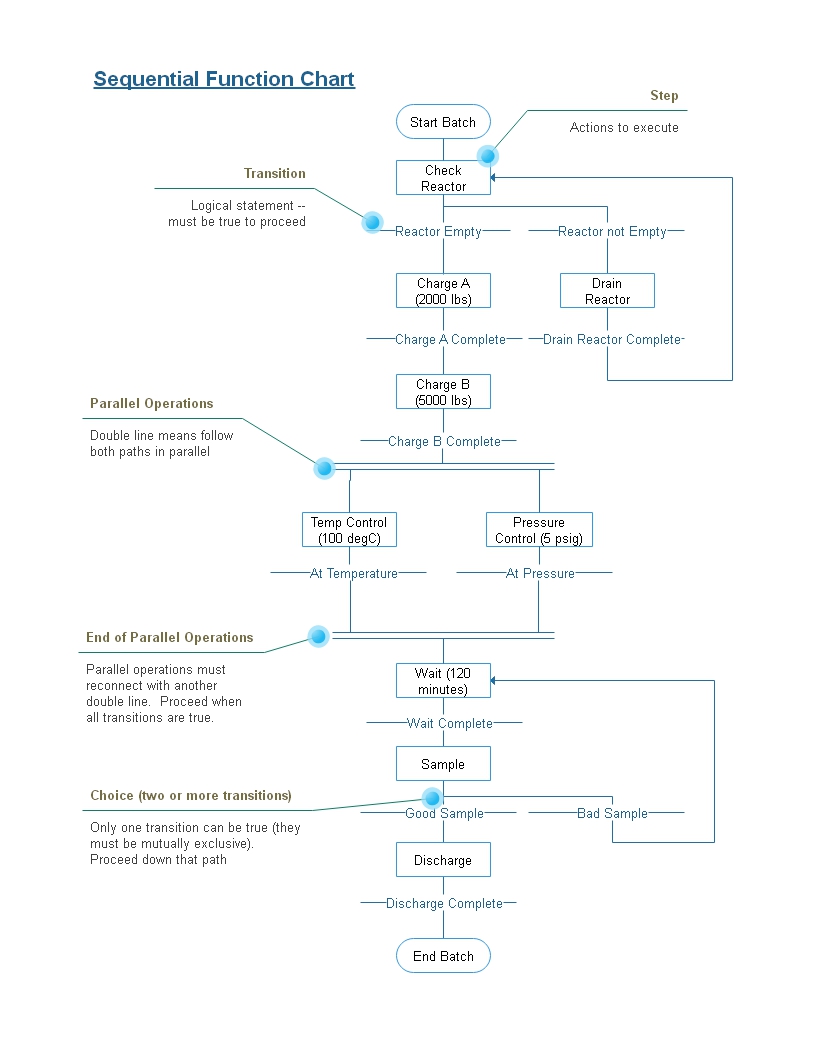|
IEC-61131-3
IEC 61131-3 is the third part (of 10) of the open international standard IEC 61131 for programmable logic controllers. It was first published in December 1993 by the International Electrotechnical Commission, IEC; the current (third) edition was published in February 2013. Part 3 of ''IEC 61131'' deals with basic software architecture and programming languages of the control program within Programmable logic controller, PLC. It defines three graphical and two textual programming language standards: * Ladder logic, Ladder diagram (LD), graphical * Function block diagram (FBD), graphical * Structured text (ST), textual * Instruction list (IL), textual (deprecated in 3rd edition of the standard) * Sequential function chart (SFC), has elements to organize programs for sequential and parallel computing, parallel control processing, graphical. Data types * Elementary Data Type ** Bit Strings – groups of on/off values *** BOOL - 1 bit (0,1) *** Byte, BYTE – 8 bit (1 byte) *** Wo ... [...More Info...] [...Related Items...] OR: [Wikipedia] [Google] [Baidu] |
Sequential Function Chart
Sequential function chart (SFC) is a visual programming language used for programmable logic controllers (PLCs). It is one of the five languages defined by IEC 61131-3 standard. The SFC standard is defined as ''Preparation of function charts for control systems'', and was based on (itself based on binary Petri nets). It can be used to program processes that can be split into steps. Main components of SFC are: * Steps with associated actions; * Transitions with associated logic conditions; * Directed links between steps and transitions. Steps in an SFC diagram can be active or inactive. Actions are only executed for active steps. A step can be active for one of two motives: * It is an initial step as specified by the programmer. * It was activated during a scan cycle and not deactivated since. Steps are activated when all steps above it are active and the connecting transition is superable (i.e. its associated condition is true). When a transition is passed, all steps above are d ... [...More Info...] [...Related Items...] OR: [Wikipedia] [Google] [Baidu] |
